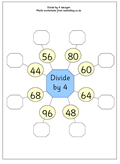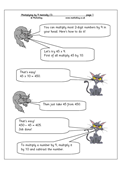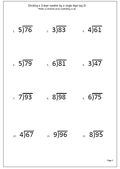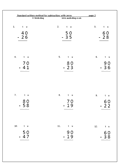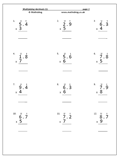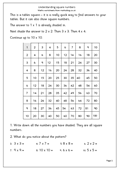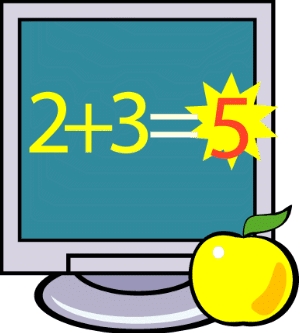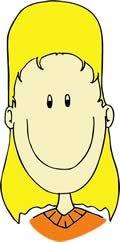 Good luck to all those taking SATs.
Good luck to all those taking SATs.
We have some great mental arithmetic stuff coming up soon, including worksheets on how to divide by 4 mentally and subtracting single digits from multiples of 100 or 1000. Another interesting post will be on rules of divisibility for the numbers 4 and 5. Also we will be looking at the relationships between addition and subtraction and multiplication and division as well as the second in our series of fractions worksheets for Year 2 children. Plus much more! Watch this space!
